As the crisp chill of winter approaches, many car owners shift their focus to antifreeze levels and tire changes, often overlooking a crucial component: the air conditioning system. While it may seem counterintuitive to prepare your AC for colder months, winterizing this system is essential for maintaining its efficiency and longevity. Proper care during the off-season can prevent costly repairs, ensure fresh airflow when spring arrives, and even improve overall vehicle comfort. In this article, we explore the best practices for winterizing your car’s AC system, offering practical tips to help your vehicle stay in top shape through the coldest months.
Table of Contents
- Preparing Your AC System for Cold Weather Challenges
- Inspecting and Replacing Cabin Air Filters for Optimal Airflow
- Checking Refrigerant Levels and Identifying Leaks
- Protecting AC Components from Moisture and Corrosion
- Routine Maintenance Tips to Ensure Year-Round Performance
- Balancing Heating and Cooling Systems for Efficient Operation
- Q&A
- Wrapping Up
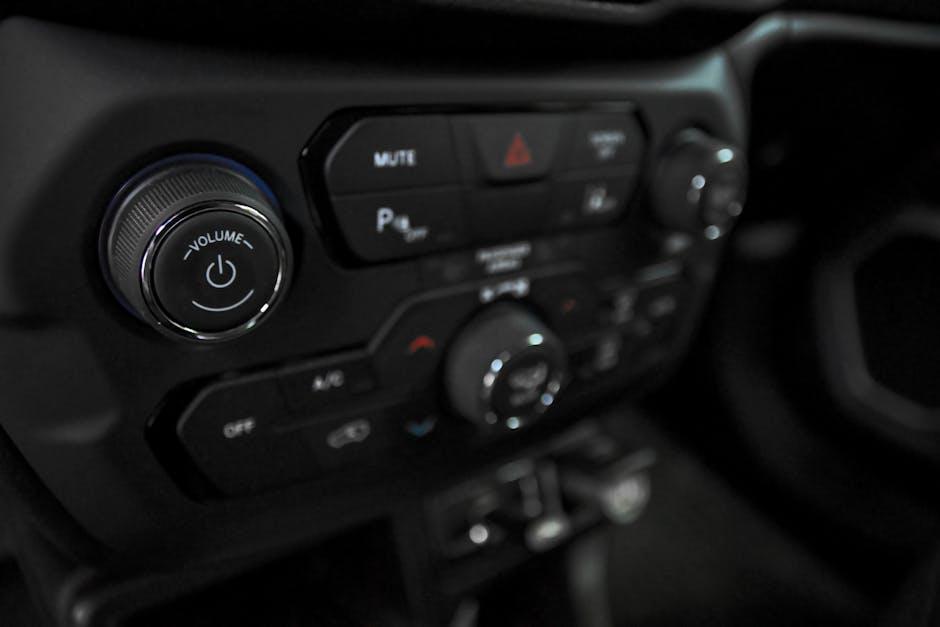
Preparing Your AC System for Cold Weather Challenges
As temperatures drop, your car’s AC system faces unique challenges that can affect both performance and longevity. To ensure it remains reliable throughout the winter months, start by inspecting key components such as hoses, belts, and compressor seals for any signs of wear or cracking. Cold weather can cause rubber parts to harden and lose flexibility, increasing the risk of leaks. Don’t forget to clean or replace the cabin air filter to maintain optimal airflow inside the vehicle — a clogged filter can strain the system and reduce efficiency when you switch to heating mode.
Humidity and temperature fluctuations often lead to moisture buildup, which can corrode sensitive parts and affect the refrigerant balance. To mitigate this, run the AC system in fresh air mode periodically, even during colder days, to keep the internal mechanisms dry and lubricated. Below is a quick reference to help you track your winterization checklist:
| Task | Why It Matters | Frequency |
|---|---|---|
| Check hoses & seals | Prevent leaks in cold weather | Before winter starts |
| Replace cabin air filter | Maintain airflow and air quality | Every 6 months |
| Run AC system regularly | Prevent moisture buildup | Once a week during winter |

Inspecting and Replacing Cabin Air Filters for Optimal Airflow
Maintaining clean cabin air filters is essential for ensuring your car’s AC system delivers fresh, contaminant-free air, especially as winter approaches. Over time, these filters accumulate dust, pollen, and debris, which can significantly reduce airflow and strain your HVAC system. Regular inspection, at least every six months or before the cold season, helps detect blockages early and keeps circulation smooth. When checking your filter, look for discoloration, visible dirt, or damage — all signs that replacement is overdue.
Replacing cabin air filters is a simple yet effective way to optimize your vehicle’s internal climate control. Most filters are designed for easy access behind the glove box or under the dashboard, requiring minimal tools. Consider the following when choosing a new filter:
- Material quality – pleated filters trap finer particles
- Allergen defense – beneficial for sensitive passengers
- Compatibility with your vehicle’s make and model
| Filter Type | Features | Approximate Lifespan |
|---|---|---|
| Standard Paper | Basic filtration, cost-effective | 12,000 miles |
| Pleated Synthetic | Higher dust holding capacity | 15,000 miles |
| Activated Carbon | Odor and gas adsorption | 15,000 miles |
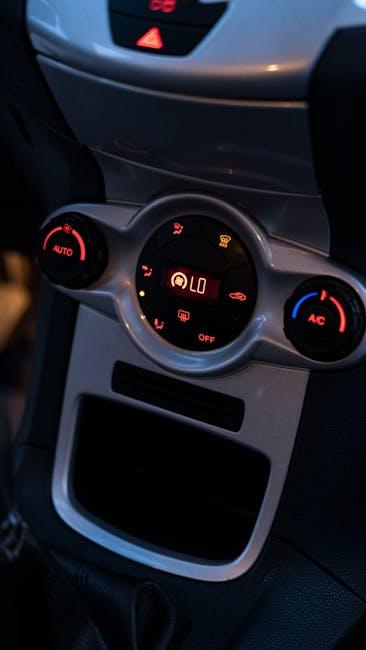
Checking Refrigerant Levels and Identifying Leaks
Maintaining the correct refrigerant level is crucial for your car’s AC to function efficiently during colder months. Low refrigerant not only diminishes cooling performance but can also cause the compressor to overheat and fail. To verify the levels, use a refrigerant gauge connected to the high and low-pressure service ports. If the readings are below the manufacturer’s recommended range, it’s time to recharge your system. Keep in mind, overcharging can be just as harmful as undercharging, so precision is key. Monitoring the refrigerant helps ensure the system remains balanced and prevents costly repairs down the line.
Detecting leaks early can save you from a chilly inconvenience and expensive replacements. Common signs include an unusual oily residue around the AC fittings or a faint chemical smell when the system is running. For a more accurate check, professional mechanics often use electronic leak detectors or ultraviolet dye to pinpoint exact leak locations. Here’s a quick checklist to identify potential leaks:
- Inspect hose connections: Look for cracks or wear.
- Check compressor seals: These are frequent leak points.
- Observe refrigerant lines: Look for oil stains.
- Use UV dye test: For hard-to-find leak spots.
| Leak Location | Inspection Tip | Probability |
|---|---|---|
| Compressor Shaft Seal | Check for oil around shaft | High |
| Condenser Coils | Inspect for physical damage | Medium |
| Evaporator Core | UV dye test recommended | Low |

Protecting AC Components from Moisture and Corrosion
Moisture is an invisible enemy that can silently wreak havoc on your vehicle’s AC components, leading to corrosion and deterioration over time. To safeguard your system during the colder months, it’s essential to eliminate any lingering moisture before sealing the system for winter. This can be effectively done by running the AC on a dry cycle or using a vacuum pump during maintenance, which extracts trapped humidity. Additionally, always ensure the system is properly charged with refrigerant and that the seals and gaskets are intact to prevent any water ingress.
Taking proactive steps can drastically extend the life of your AC components. Here are some practical measures to help keep moisture and corrosion at bay:
- Use a quality desiccant filter: Positioned in the AC lines, it absorbs moisture and protects the refrigerant circuit.
- Regular inspections: Check for cracks, leaks, or worn-out seals that could allow moisture inside.
- Store your car properly: When possible, park in a dry, covered space to minimize exposure to humidity.
- Apply corrosion inhibitors: These specialized sprays can coat vulnerable components and fend off rust.
| Component | Common Moisture Issue | Recommended Protection |
|---|---|---|
| Compressor | Oil contamination | Desiccant filters, regular service |
| Evaporator Coil | Corrosion from condensation | Protective sprays, proper sealing |
| Rubber Seals | Cracking and leaks | Lubrication and inspection |
| Condenser | Rust from exposure | Corrosion inhibitors, covered parking |
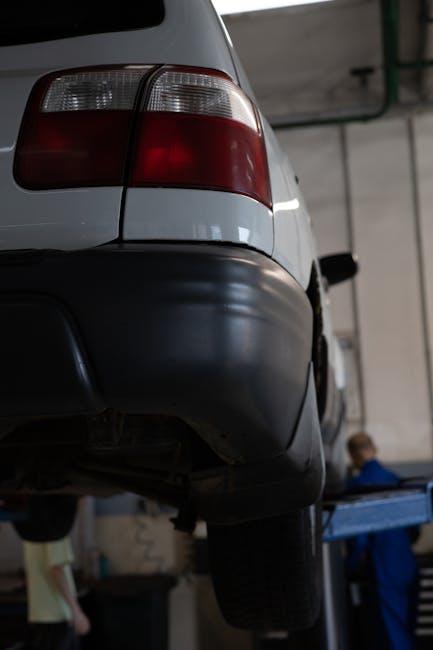
Routine Maintenance Tips to Ensure Year-Round Performance
Maintaining your car’s AC system throughout the year involves simple yet effective steps that help prevent costly repairs and ensure consistent performance. Begin by running the AC periodically, even during colder months, to keep the compressor lubricated and seals from drying out. Inspect the system for any visible leaks or unusual noises and ensure the cabin air filter is replaced regularly, as a clogged filter reduces efficiency and air quality.
Additionally, keep an eye on refrigerant levels. A balanced charge not only supports cooling in summer but also aids in defogging the windshield during winter. Incorporate regular visual checks on the condenser and cooling fans, clearing away debris such as leaves or dirt that can obstruct airflow and strain the system. Below is a quick reference guide to essential maintenance tasks:
| Maintenance Task | Why It Matters | Recommended Frequency |
|---|---|---|
| Run AC for 10 minutes | Lubricates seals and compressor | Monthly in winter |
| Check and replace cabin air filter | Maintains airflow and air quality | Every 12,000 miles or yearly |
| Inspect refrigerant levels | Optimizes cooling and defogging | Annually or if cooling weakens |
| Clean condenser and fans | Prevents airflow blockage | Twice a year |
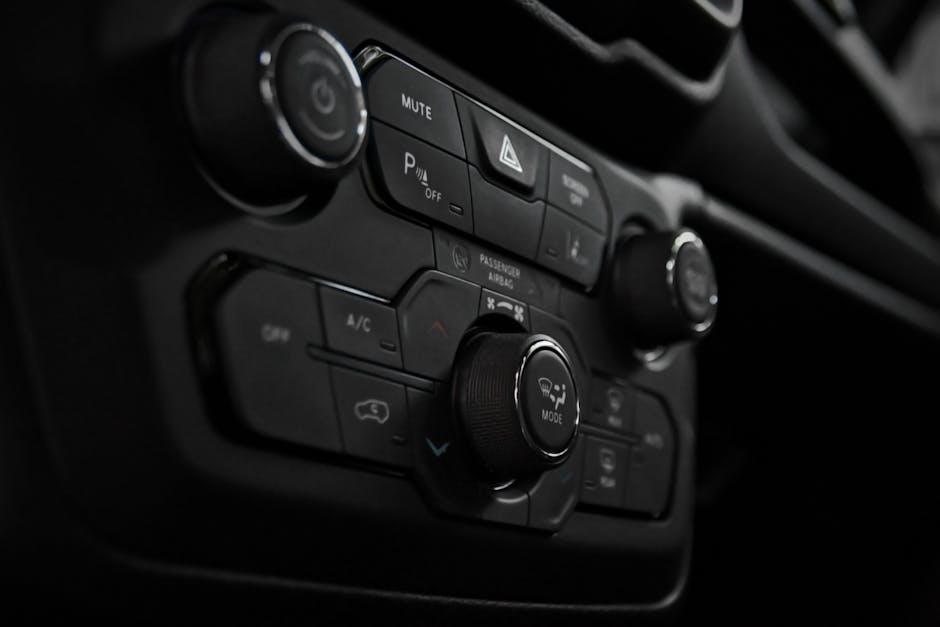
Balancing Heating and Cooling Systems for Efficient Operation
Maintaining an optimal balance between your car’s heating and cooling systems is crucial to ensure both comfort and energy efficiency during colder months. Overworking either system can lead to excessive wear and increased fuel consumption. A well-balanced system reduces the strain on your vehicle’s engine and electrical components, contributing to longevity and better performance. To achieve this balance, regularly check and replace your cabin air filter, as a clean filter improves airflow, allowing heating and cooling to operate at peak efficiency.
Tips for balancing your systems efficiently:
- Use the recirculation mode selectively to minimize the workload on the heating element, especially on very cold days.
- Allow your engine to warm up for a few minutes before switching on heating or air conditioning; this helps the system stabilize faster.
- Inspect and seal any leaks in door or window gaskets to prevent unnecessary heat loss or cold air intrusion.
| System Aspect | Winter Impact | Recommended Action |
|---|---|---|
| Heating Core | Can clog or degrade | Flush annually |
| AC Compressor | Risk of freeze-up | Run periodically during winter |
| Thermostat | May stick or fail | Check for responsiveness |
By adopting a mindful approach to heating and cooling, you not only enhance your driving comfort but also contribute to a more sustainable and cost-effective vehicle operation throughout winter. Remember, small maintenance steps today can prevent costly repairs and ensure your system operates smoothly when temperatures drop.
Q&A
Q&A: Best Practices for Winterizing Your Car’s AC System
Q1: Why should I winterize my car’s AC system?
A: Winterizing your car’s AC system isn’t just about comfort—it’s about maintenance. Even in cold months, components like seals, refrigerant levels, and the compressor benefit from regular use and care. Proper winterizing can prevent costly repairs and ensure your AC is ready when warm weather returns.
Q2: Does the AC system really need attention if I’m not using the air conditioning in winter?
A: Absolutely. Running the AC periodically during winter helps circulate refrigerant, lubricate seals, and prevent mold or odors. If your AC system sits idle, seals can dry out and crack, leading to refrigerant leaks and reduced effectiveness.
Q3: What are the key steps for winterizing the AC?
A: First, run the AC at least once every couple of weeks for 10 minutes, even if it’s cold outside. Second, check refrigerant levels and top off if needed. Third, inspect hoses and belts for wear or leaks. Lastly, consider a professional AC system inspection to ensure everything is in working order.
Q4: Should I use the AC’s “defrost” setting during winter?
A: Yes! The defrost function uses the AC compressor to remove humidity from the air, preventing fogging on windows. Running the AC in defrost mode keeps the system active and helps maintain clear visibility—a crucial safety benefit in winter.
Q5: Can winter weather damage the AC system?
A: Indirectly, yes. Cold temperatures can cause rubber seals to shrink or harden. Moisture trapped in the system during usage pauses can freeze and create blockages or cracks. Regular maintenance combats these issues by keeping the system lubricated and leak-free.
Q6: Is there any difference between winterizing the AC in a new car versus an older model?
A: The principles remain the same, but older models might require more frequent inspections or refrigerant recharges due to age-related wear. High-mileage vehicles benefit greatly from proactive winterizing to avoid breakdowns.
Q7: Can DIY winterizing suffice, or do I need a professional?
A: Simple tasks like running the AC regularly and visual inspections can be DIY. However, checking refrigerant levels, repairing leaks, and system flushes are best performed by professionals to ensure safe and effective maintenance.
Q8: What are the benefits of winterizing my car’s AC system?
A: Winterizing extends the lifespan of your AC components, improves air quality, prevents unpleasant odors, and ensures the system works efficiently year-round. It’s a small effort that saves money and enhances driving comfort.
Q9: How do I know if my AC needs winter maintenance?
A: Signs include weak airflow, strange noises, unusual odors, or windows fogging excessively. If you notice these, it’s time for an AC checkup to avoid bigger issues down the road.
Q10: Any final tips for keeping my car’s AC healthy through winter?
A: Use it regularly, keep an eye out for early warning signs, and don’t wait for summer to service your AC. Think of winterizing like tuning a musical instrument—consistent care keeps it harmonious, ready to perform beautifully when you need it most.
Wrapping Up
As the chill of winter sets in, giving your car’s AC system a little extra attention can make all the difference when the warmer days return. By following these best practices for winterizing your AC, you’re not just protecting a mechanical component—you’re investing in comfort, efficiency, and the longevity of your vehicle. So, before you hang up your shades and switch off the air, take a moment to prepare your AC for the cold months ahead. When spring blooms again, your car will be ready to deliver cool relief without missing a beat.

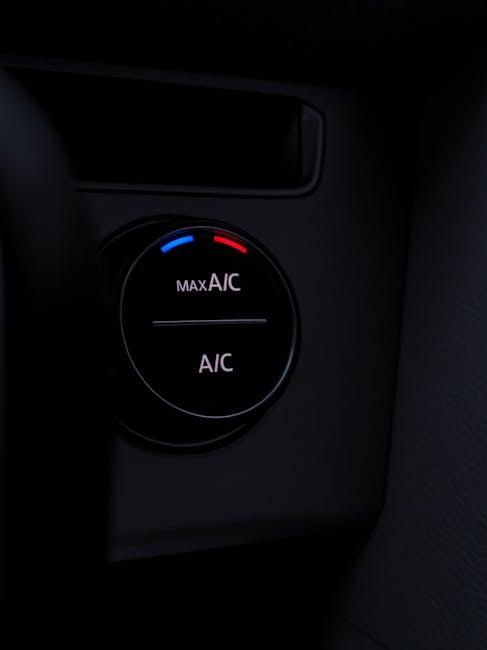
4 Comments
9cnand
9cnand
al1lug
al1lug